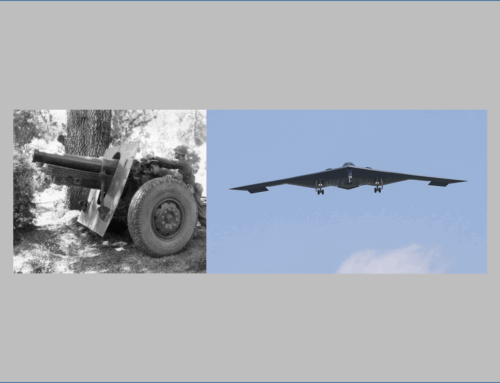Medal of Honor Monday: Navy Gunner’s Mate 1st Class Osmond Ingram in World War I
Published: 16 October 2023
By Katie Lange, DOD News
via the U.S. Department of Defense web site

Medal of Honor Monday banner
When a torpedo came toward Navy Petty Officer 1st Class Osmond Kelly Ingram’s ship in World War I, he knew he had to do whatever he could to save lives. Ingram couldn’t keep the ship from being hit, but he did succeed in saving others – just not himself. That extraordinary sacrifice earned him the Medal of Honor.

Osmond K. Ingram was posthumously awarded the Medal of Honor for extraordinary heroism during the torpedoing of USS Cassin (DD-43) on 15 October 1917. He was a Gunner’s Mate First Class at that time. U.S. Naval History and Heritage Command Photograph.
Ingram was born on Aug. 4, 1887, in Oneonta, Alabama, to parents Robert and Naomi Ingram. He had three siblings, and his family owned a lot of land in the area, which Ingram grew up farming.
At some point, the family also lived in Pratt City, outside of Birmingham. That’s where Ingram enlisted in November 1903, signing up to be an apprentice seaman. The young man decided to make a career out of it, staying in the service for more than a decade before World War I would put him to the ultimate test.
On Oct. 15, 1917, about six months after the U.S. joined the Great War, Ingram was serving as a gunner’s mate on the USS Cassin, a destroyer that was about 20 miles off the southern coast of Ireland. The crew had been searching for a German U-61 submarine.
The book “Blue Jackets of 1918” by Willis J. Abbot said target practice had just ended, and Ingram was cleaning his gun when he saw a torpedo coming directly at them.
Ingram realized that the torpedo was going to strike the boat’s rear deck, the aft, in the vicinity of its depth charge storage area, so he bolted in that direction in hopes of releasing the highly explosive charges into the water before the torpedo got there. If the torpedo did strike that area, the whole ship likely would have exploded.
Ingram began to hurl the depth charges overboard, but unfortunately, the torpedo struck the ship before he could complete his mission. It did, indeed, set off the depth charges in a blast that killed Ingram and blew him overboard.
However, Ingram’s sacrifice saved lives. While nine other sailors were injured, no one else was killed. If Ingram hadn’t gotten a critical number of depth charges off the ship, the explosion would have likely been much larger and would have led to many more casualties.
While the Cassin’s stern was heavily damaged and its rudder had been blown off, about an hour after the torpedo hit, the ship still managed to fire at the U-boat when it surfaced, forcing the Germans to abandon their attack. The Cassin was later towed to a naval base at Queenstown, Ireland, where it was repaired and returned to service.
Ingram was the first Navy enlisted man to be killed in action during World War I. His body was never recovered. To memorialize him, his name is listed on the Brookwood American Cemetery’s Wall of the Missing in Brookwood, England.
Read the entire article and see more photos on the DoD web site.
External Web Site Notice: This page contains information directly presented from an external source. The terms and conditions of this page may not be the same as those of this website. Click here to read the full disclaimer notice for external web sites. Thank you.



